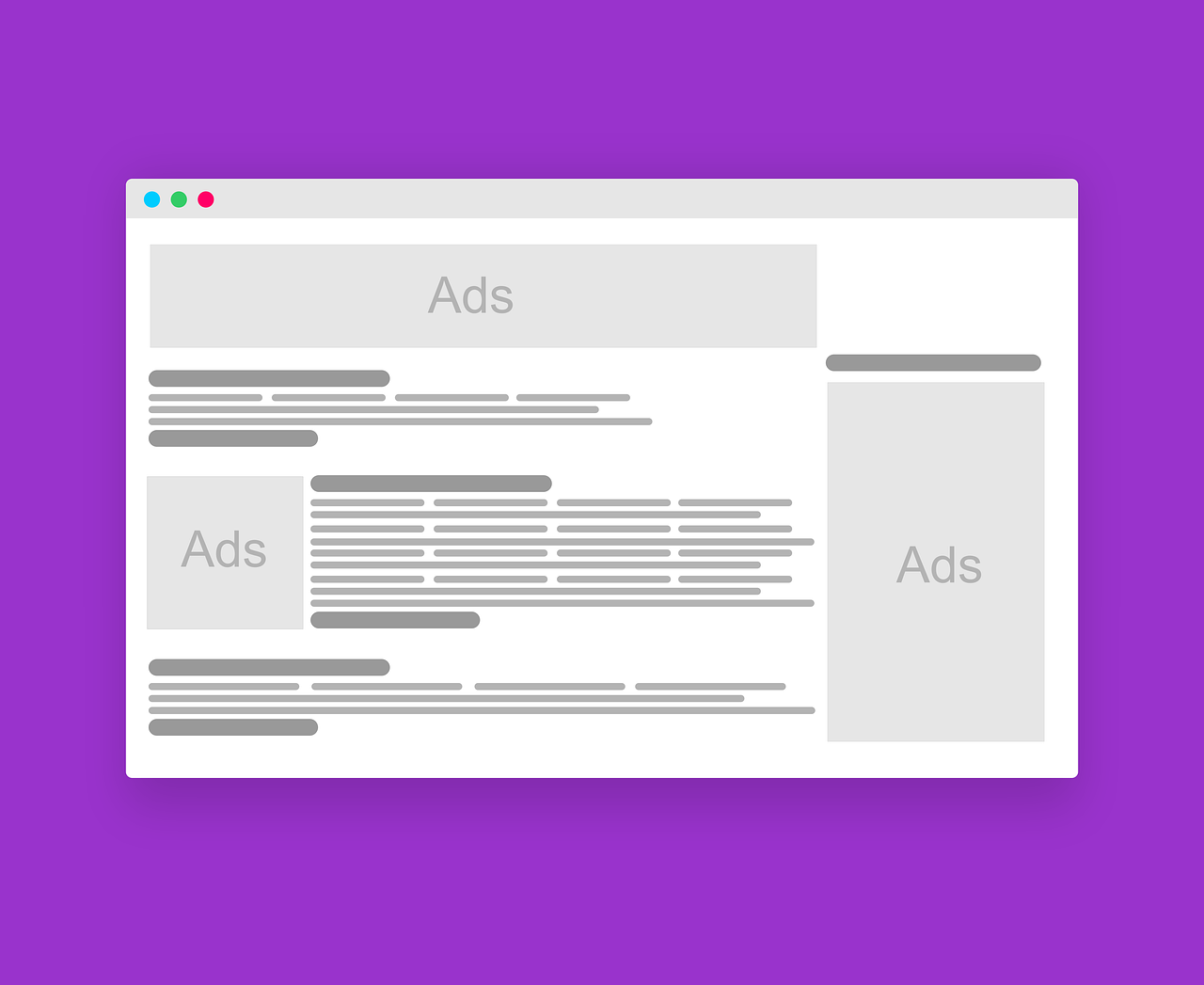Introduction:
Contents are the heart of SEO, and AI is rapidly changing how we create and optimize it. From blog posts and product pages to social media captions, AI can help us write faster, smarter, and more strategically. But here’s the catch: content created only by AI often lacks the human touch that makes it truly engaging and trustworthy.
Google doesn’t punish AI-generated content. It punishes bad content, especially content that’s generic, misleading, or unhelpful. So if you want to use AI for SEO, you need to do it with purpose, skill, and a focus on your readers.

5 Easy Principles to follow:
1. Start With a Goal and Know Your Readers
Before you ask AI to write anything, stop and think. What do you want your content to do? Who are you talking to?
Do you want to:
Teach someone how to use your product?
Attract new visitors to your blog?
Get more shares on social media?
Help people trust your brand?
When you know your goal, you can guide the AI better.
Also, think about who will read your content. Are they students, parents, business owners, or someone else? What problems do they face? What questions do they ask online? What kind of words do they use?
Use tools like surveys, comments, and customer reviews to find out what your audience wants. Once you have this info, you can ask AI to write content that actually connects with real people.
Examples of Content Types and Their Goals:
Product pages: Help people understand what your product does.
Blog posts: Teach, inspire, or answer questions.
Social media posts: Make people smile, think, or click.
Landing pages: Get people to sign up, buy, or contact you.
If you skip this step, your content will feel random. But if you start with the right goal and audience in mind, your content will have purpose and power.

2. Use Paid AI Tools and Customize Them for Your Brand
Free AI tools are okay for learning. But if you care about your brand, it’s better to use paid tools. Why?
Free tools may use your data for training.
Paid tools keep your info private.
Paid tools offer better quality.
You can create your own AI model that sounds just like your brand.
For example, some AI platforms let you build “Custom GPTs” or brand assistants. You can feed them your writing style, product info, tone of voice, and company values. That way, when AI writes something, it sounds like you.
Also, different AI tools are good at different things. Here’s a quick guide:
ChatGPT: Great for summaries, outlines, and simple blog drafts.
Claude: Good for long and creative content.
Gemini: Best for getting real-time insights and trends.
Tip: Always test different tools and find the ones that match your brand and team.
3. AI is a Helper, Not a Replacement
Yes, AI is fast. It can write 1,000 words in minutes. But that doesn’t mean you should post it right away. AI is smart, but not perfect. Sometimes, it makes up facts. Sometimes, it sounds robotic. And sometimes, it just gets things wrong.
So what should you do? Work with AI, not let it do everything.
Here’s how AI can help your team:
Research: Get ideas and learn what’s trending.
Outlining: Create a content structure.
Drafting: Write the first version.
Editing: Polish old content.
SEO optimization: Suggest keywords and structure.
But every piece of content needs a human editor. Add examples. Fix tone. Check facts. Remove anything that sounds weird.
Your final content should sound natural, like something you would say to a customer. AI should give you a head start, but your voice finishes the race.
4. Make AI Content Trustworthy with E-E-A-T
Google ranks content based on something called E-E-A-T:
Experience
Expertise
Authority
Trustworthiness
AI alone can’t give you E-E-A-T. But you can add it. How?
Have real experts check or write the content.
Use real stories, customer feedback, and case studies.
Link to trusted sources.
Use clear headlines and visuals.
Even if AI writes the first draft, make sure it includes real experience and useful tips. If you don’t have experts on your team, reach out to professionals using sites like Connectively or Respondent.io. Ask for their quotes or feedback.
This makes your content stronger and more likely to rank well in search engines.
5. Always Add the Human Touch
AI can get you 60-70% of the way. But the final polish must come from you.
Here’s a quick checklist:
Fact-check everything. Don’t trust AI blindly.
Run a plagiarism check to avoid duplicate content.
Adjust the tone to match your brand.
Add internal links to other pages on your site.
Give examples, stories, and insights.
Think of AI as your co-writer. You still need to shape the final message so it feels personal, real, and useful. That’s what keeps readers coming back.
Why AI matters in SEO today?
In the past, creating high-quality content took days or weeks. Now, AI helps teams create more in less time, as long as they use it wisely.
AI-powered content is not about replacing your team. It’s about giving them superpowers:
Save time.
Produce more.
Keep content on-brand.
Test new ideas quickly.
But remember, the goal isn’t just to produce more content. It’s to produce better content that actually helps your audience, builds trust, and ranks well on Google.
If you use these 5 principles, your AI-powered content will be clear, helpful, human-sounding, and SEO-friendly. You’ll stand out from the crowd.

Final Thoughts:
Human Creativity + AI = Smarter Content
The future of content isn’t about choosing between humans or AI—it’s about combining both. AI is a powerful assistant that can speed up your work, spark new ideas, and simplify complex SEO tasks. But it’s your human touch—your voice, your insights, your stories—that makes content meaningful.
So don’t be afraid to explore AI tools. Use them with intention. Let them handle the heavy lifting while you shape the message with empathy, creativity, and clarity.
When you balance AI’s efficiency with your own expertise, you don’t just create more content—you create content that matters.

